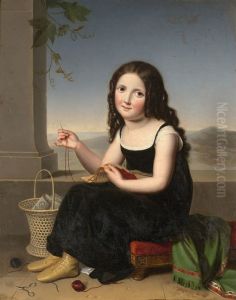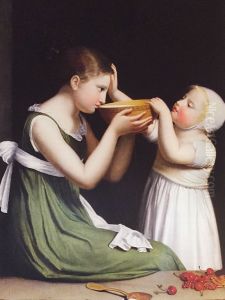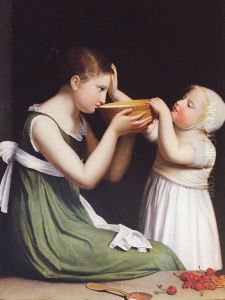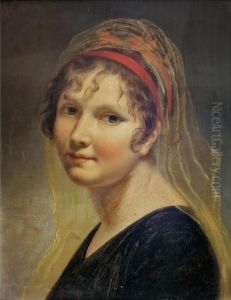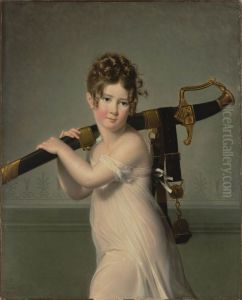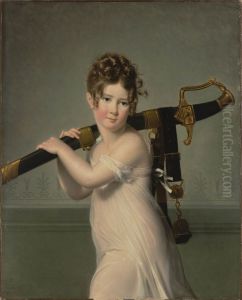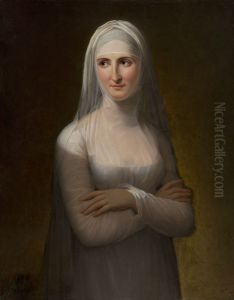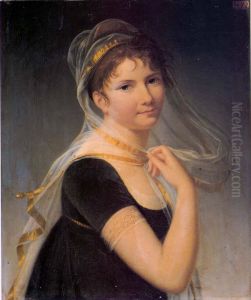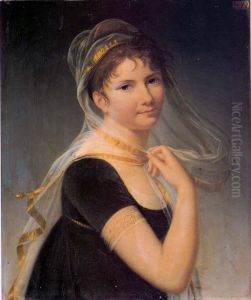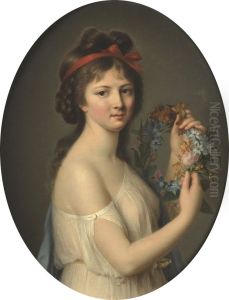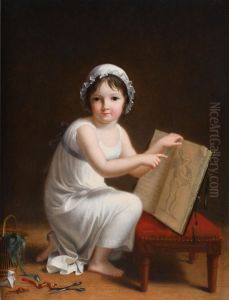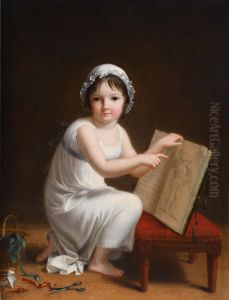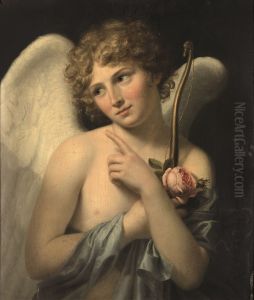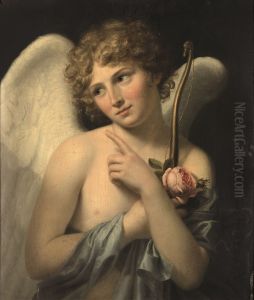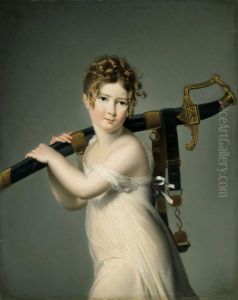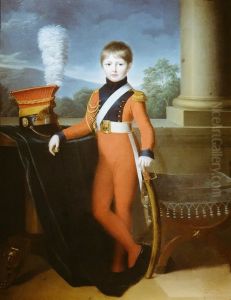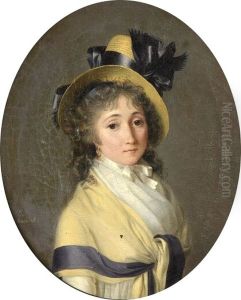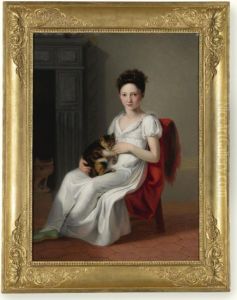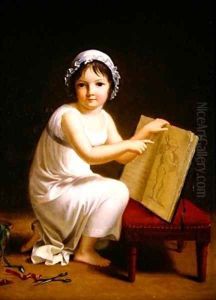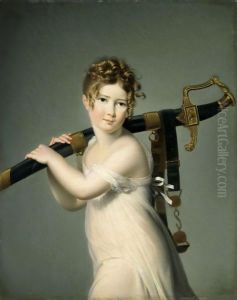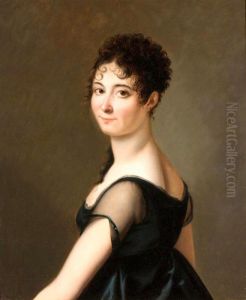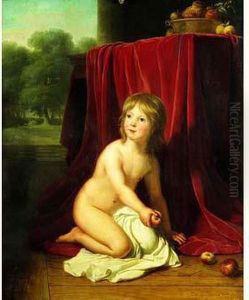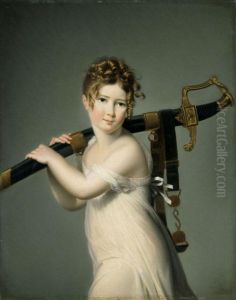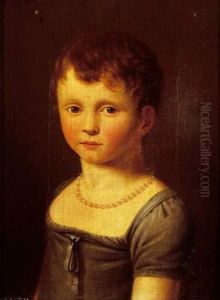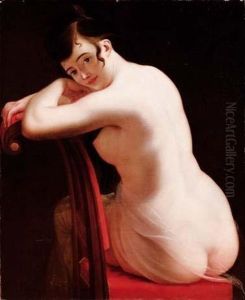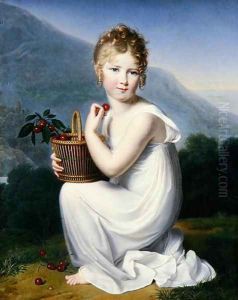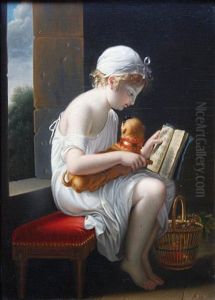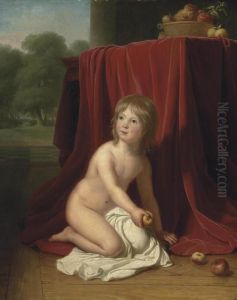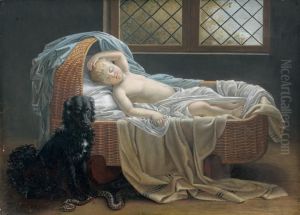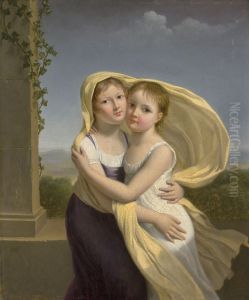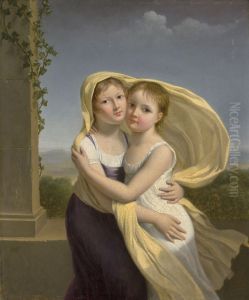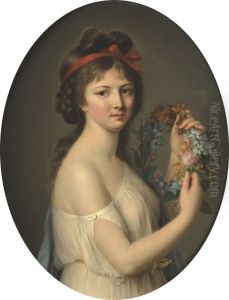Jeanne-Elisabeth Chaudet Paintings
Jeanne-Elisabeth Chaudet, born Jeanne-Elisabeth Gabiou on November 17, 1767, in Paris, France, was a notable figure in the realm of neoclassical sculpture. She emerged as a talented artist in a period dominated by male sculptors, making significant contributions to the art form during the late 18th and early 19th centuries.
Chaudet's journey in the arts began under the guidance of her husband, Antoine Denis Chaudet, who was a renowned sculptor himself. Despite the societal constraints of her time, which often limited women's participation in the arts, Jeanne-Elisabeth managed to carve out a unique space for herself. Her work is characterized by its delicate treatment of subjects, often reflecting the neoclassical movement's emphasis on harmony, clarity, and restrained emotion.
Throughout her career, Chaudet exhibited her work at the prestigious Salon, the official art exhibition of the Académie des Beaux-Arts in Paris. Her sculptures, which often depicted mythological and historical figures, were praised for their elegance and precision. One of her most celebrated works is a bust of her husband, which showcases her skill in capturing likeness and expression.
Despite her talent and contributions to the field, Jeanne-Elisabeth Chaudet's work was largely overshadowed by her male contemporaries and her husband's reputation during her lifetime. It was not until later years that art historians began to re-evaluate her contributions and recognize her as a significant figure in the neoclassical movement.
Jeanne-Elisabeth Chaudet passed away on August 28, 1832, in Paris. Today, her work is included in the collections of several museums, serving as a testament to her skill and the important role she played in the development of neoclassical sculpture. Her legacy continues to inspire and challenge our understanding of women's contributions to art history.
